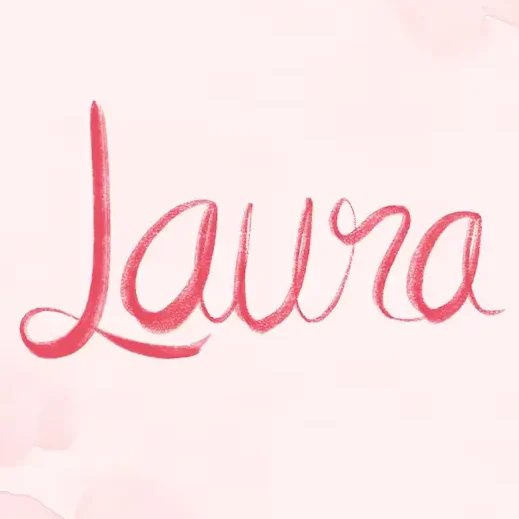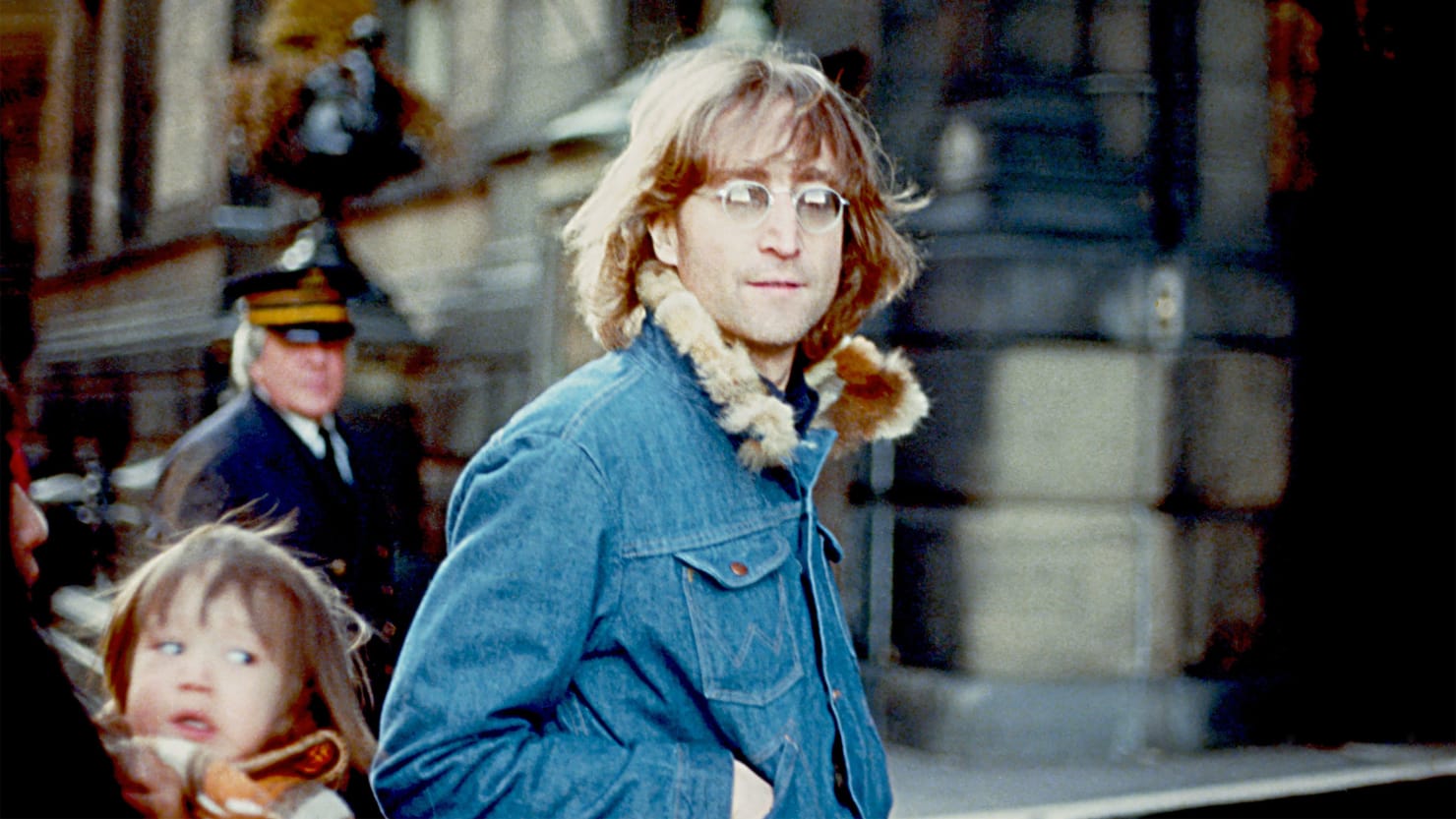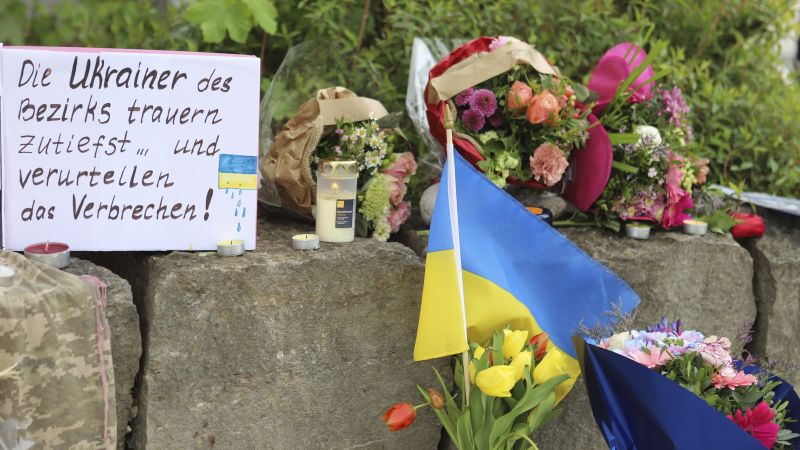On Dec. 8, 1960, John Lennon found himself having a bad go of it. He was making his way back alone from Hamburg to England, by boat and train, following an abrupt end to the Beatles’ first German residency. He and his bandmates had initially left Liverpool with dreams of fame and fortune, and now Lennon didn’t even have the cab fare to take him from the station to his aunt Mimi’s home where he lived.
I reflect often on this young man and that night and, of course, what that date would later mean to all Lennon fans. It is the iteration of Dec. 8 that I call to mind most often in regards to Lennon, because it’s the second one—the famous one, exactly 20 years later—that I prefer to keep distant from my thoughts.
Yet a new Apple TV+ docuseries, John Lennon: Murder Without a Trial, centers almost entirely on the fateful night of Dec. 8, 1980, when Lennon was fatally shot outside his New York City apartment building, the Dakota. Director Nick Holt’s three-part series is mercifully short on cheap theatrics and loopy theories, instead putting us squarely in the middle of a real-life horror story. Narrator Kiefer Sutherland strikes the right tone of equanimity, and while there are aspects of the police procedural, the series doesn’t play like the true-crime docs to which we’ve all become so accustomed and desensitized.
Mark David Chapman’s assassination of Lennon is one of the most sensational crimes of modern times, both because of the victim himself and the deep wound that his barbarous act left on the world. If you’re going to take on this subject, it’s vital to do it right: Don’t be gratuitous, do be thorough, and let it serve a greater purpose beyond being the definitive filmic treatment of events from more than four decades ago.
Holt certainly succeeds in his thoroughness; yeoman’s research and effort clearly went into this production. There are scores of interviews with those who played both major and minor parts in the events of that day, including cab drivers—one who witnessed the murder, another who had earlier transported Chapman—ER nurses, and front-desk staffers at the Dakota, where Lennon and his wife Yoko Ono lived. We even hear from defense and prosecuting lawyers, beat cops, detectives, doctors, and psychiatrists, as well as friends from Chapman’s childhood, his youth pastor, and his girlfriend from when he was 16.
Everyone knows about Lennon’s murder, of course, but it’s another thing to see all of the contemporaneous footage. To read the faces. To hear the tremulous voices. The descriptions of the scene immediately after the shooting from the Dakota’s porter and doorman—with Lennon having mumbled that he was shot, then collapsing to the ground; Ono cradling his head in her hands; and the cops loading Lennon into their car and speeding off to Roosevelt Hospital—are enough to make you queasy from the senselessness of evil and the pain it causes.
Seen for the first time in Holt’s series are excerpts from taped interviews between Chapman and his lawyers. As we’re reminded, this was no whodunit. Everyone knew exactly who had committed the crime, starting with the cabbie who watched in horror as the 25-year-old Chapman fired the five shots that left seven holes in Lennon’s body.
Multiple cops say that Chapman could have left the scene as easily as he wished; he could’ve hopped on the subway to the airport, and flown back to his home in Honolulu that he shared with his wife (who sounds oddly calm in the taped phone conversation we hear between her and Chapman shortly after the murder). Instead, Chapman removed his coat, took out a copy of J.D. Salinger’s The Catcher in the Rye, and nonchalantly began reading as he waited for the cops to come and arrest him.
On one of these newly revealed tapes, he says, “It is my sincere belief that I killed John Lennon to get as many people as possible to read The Catcher in the Rye. All my efforts will now be devoted to that goal.” In other instances, Chapman remarked that by killing the musician, he believed he’d become him, or else Holden Caulfield, the protagonist of the Salinger novel. Suffice it to say, there’ll likely never be any lucidity as to motive. If there were, it’d be here, and it isn’t, through no fault of the filmmakers.

Hearing Chapman—who was sentenced to 20 years to life in prison—speak at various ages throughout the documentary, we encounter someone who is articulate, calm, sometimes logical, and other times just crazy-sounding. He doesn’t feel multi-dimensional, though; almost like he’s not real, in stark contrast to Lennon. There’s audio in the documentary from an interview Lennon gave the day of his death, and you’ve never heard someone sound more alive. That’s where an additional blast of sadness comes in: through the nullity. Murder Without a Trial is sorrowful, but it’s sorrowful with an overarching utility which its subject—Lennon’s death—will finally make real for a host of viewers.
Much in the same way Yoko Ono’s decision to put a photograph of Lennon’s blood-speckled glasses on the cover of her album Season of Glass fostered empathy and forced fans to confront the horrors of gun violence, Murder Without a Trial makes the experience of Lennon’s murder even more real. It never strays from the facts and truths of the murder case, including those days from December 1980 through the middle of the next year, when Chapman opted to reverse course—saying that God told him to kill Lennon, though he disagreed—and change his initial plea from not guilty to guilty, voiding the need for a trial. But in all its rumination on loss—physical, familial, and cultural—the series is also about preserving the preciousness of life.
Not five minutes after coming to the end of the series, I cued up A Hard Day’s Night, so that I could listen to the John Lennon who will always be alive in a way that transcends the idea of breathing now, not breathing tomorrow. That record contains some of the most joyous art—the most joyous evidence of humanity—I’ve ever experienced. The life that cannot be taken. And I called to mind again the young man aboard that train on Dec. 8, 1960. He had so much to give, and he was afforded a chance to give it, until he wasn’t.
As a Beatles and Lennon fan, I don’t think I’ll be able to rewatch Murder Without a Trial. What I will return to, though, are the concluding words of Sean Lennon after he was asked what his dad most meant to the world and what he most meant to him.
“His music affected everybody. Almost everybody in the entire world. I mean, it’s amazing the impact that music can have on people. To me, he was my father.”
Hear those words—not just what they are, but how he says them. And then think about all that we lose that we don’t have to. Imagine that. Like his father once said, it’s easy if you try.

Laura Davis is an entertainment aficionado who delves into the glitz and glamour of the entertainment industry. From Hollywood to Broadway, she offers readers an insider’s perspective on the world of movies, music, and pop culture.







